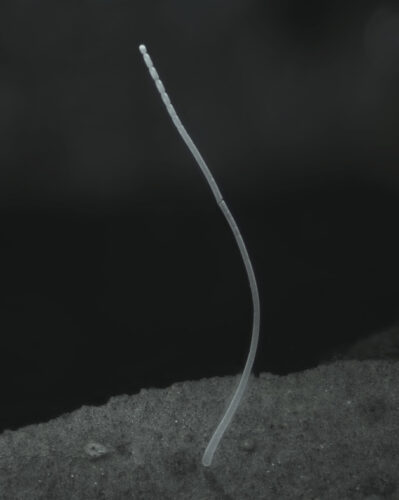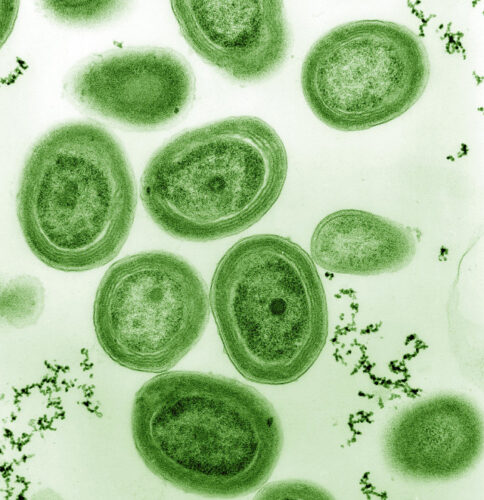
Genetic manipulations were used to obtain new information on so-called microbial dark matter
An article published in the journal “Cell” reports the results of the use of genetic manipulation to study the behavior of some bacteria belonging to a large group called Patescibacteria. A team of researchers managed to manipulate the DNA of bacteria belonging to the phylum Saccharibacteria, which is part of that large group, which is considered microbial dark matter for the difficulties biologists had in studying them. These are bacteria discovered not many years ago that are now considered interesting for their metabolic characteristics, which for example, may include enzymes useful in biotechnological applications.





